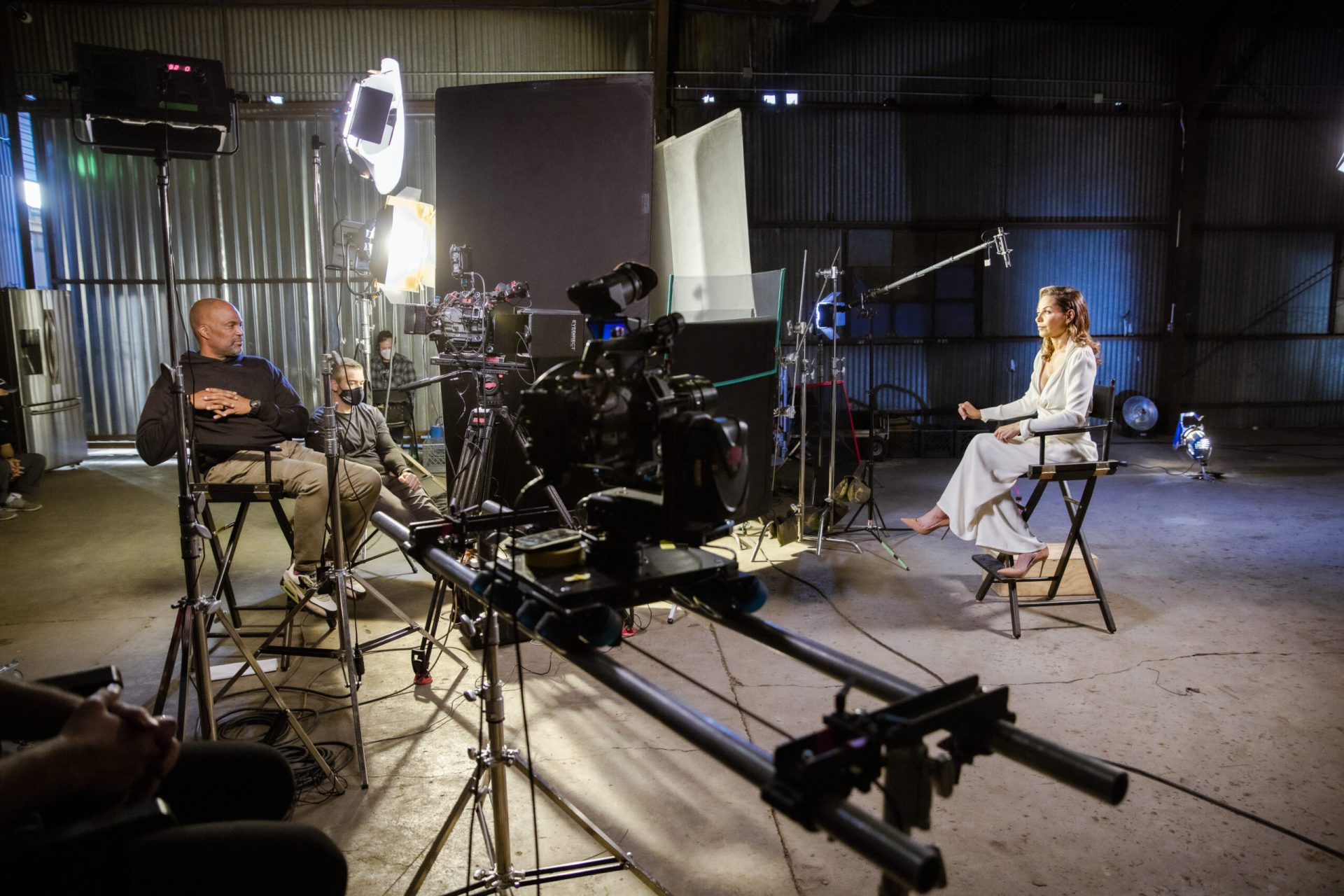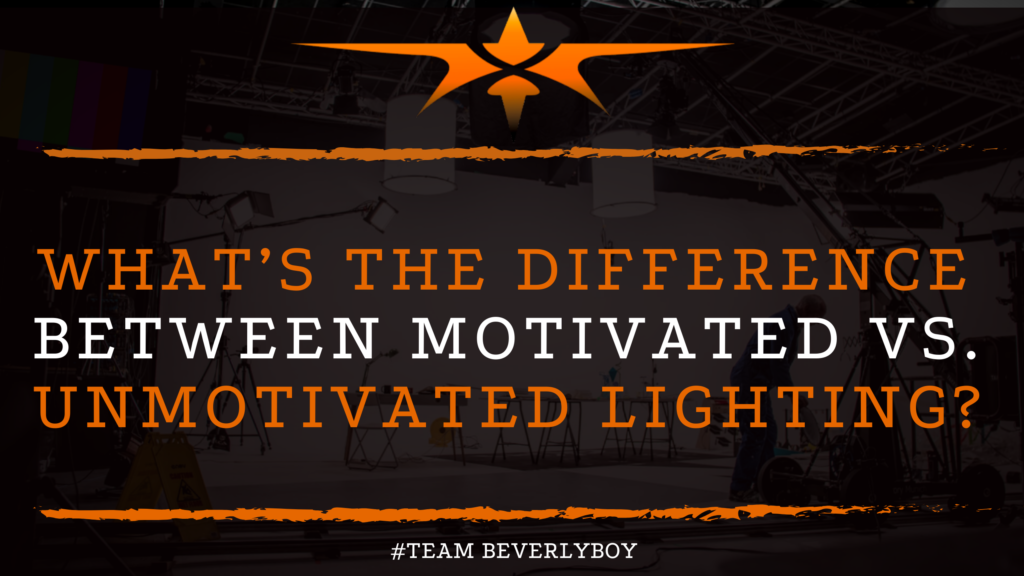What’s the Difference Between Motivated vs. Unmotivated Lighting?
We hear a lot about the importance of motivated lighting in film. And what it means to ensure that your lighting always appears motivated. With a distinguishable source. Filmmakers certainly focus a lot of effort on creating motivated lighting to help the audience connect with the story. But what about unmotivated lighting? What’s the difference between motivated vs. unmotivated lighting on the set?

The Logic Behind Lighting
Basically, when we look at the difference between motivated vs. unmotivated lighting on the set. We zero in on logic. Specifically, the logic of lighting. Motivated lighting is that which imitates a light source that, logically, would appear within the scene.
In other words, motivated lighting appears natural because it accentuates or otherwise imitates lighting that the audience would expect from within the “world” or the “scene” that has been created.
The Logic of Unmotivated
But, where’s the logic behind unmotivated lighting? And, what is unmotivated lighting? Let’s break it down…
Unmotivated lighting is that which doesn’t have any logical source or motivated source but which is necessary to illuminate the scene properly.
Unmotivated lighting will have no apparent source within the scene. And may come from off-camera lighting used to illuminate the scene overall.
Consistency in Motivated vs. Unmotivated Lighting
Sometimes, filmmakers choose consistency over motivation when it comes to lighting a scene. We see this in Pleasantville when two people, each facing the other, are in a dimly lit school gymnasium having a conversation.
Both of the characters are backlit. Both appear to be in front of the lighting. But how is that possible?
It’s not, really. In this particular scene, we see that the filmmaker chose consistency of lighting rather than choose to have motivated lighting. But why?
For the Audience
One might argue that the motivation for the lighting behind both characters despite them facing different directions was consistency. But, really – in this example of motivated vs unmotivated lighting, you can see that the filmmaker chose to show a consistent scene.
This allowed the audience to clearly see each of the characters depicted during their dialogue. Rather than leave the audience focused more on the struggle to see one or the other based on the “motivated” lighting or the lack thereof for one side.
Use Caution
While this won’t always work, in this particular instance it worked out just fine – good, even. However, in some cases, when unmotivated lighting is used in overabundance in a scene, the audience spends more time trying to determine where the lighting is coming from than they do focusing on the scene.
In this kind of situation, you’re actually hurting the realistic connection between your audience and the world you’ve just created — which is not good!
All in All
So, what’s the difference between motivated vs unmotivated lighting? The audience will never question the source of motivated lighting.
But they may wonder about the legitimacy of your story if you allow the unmotivated lighting to take center stage – or, if it’s done right, for consistency, you just might get away with it, for logical reasons, of course.


